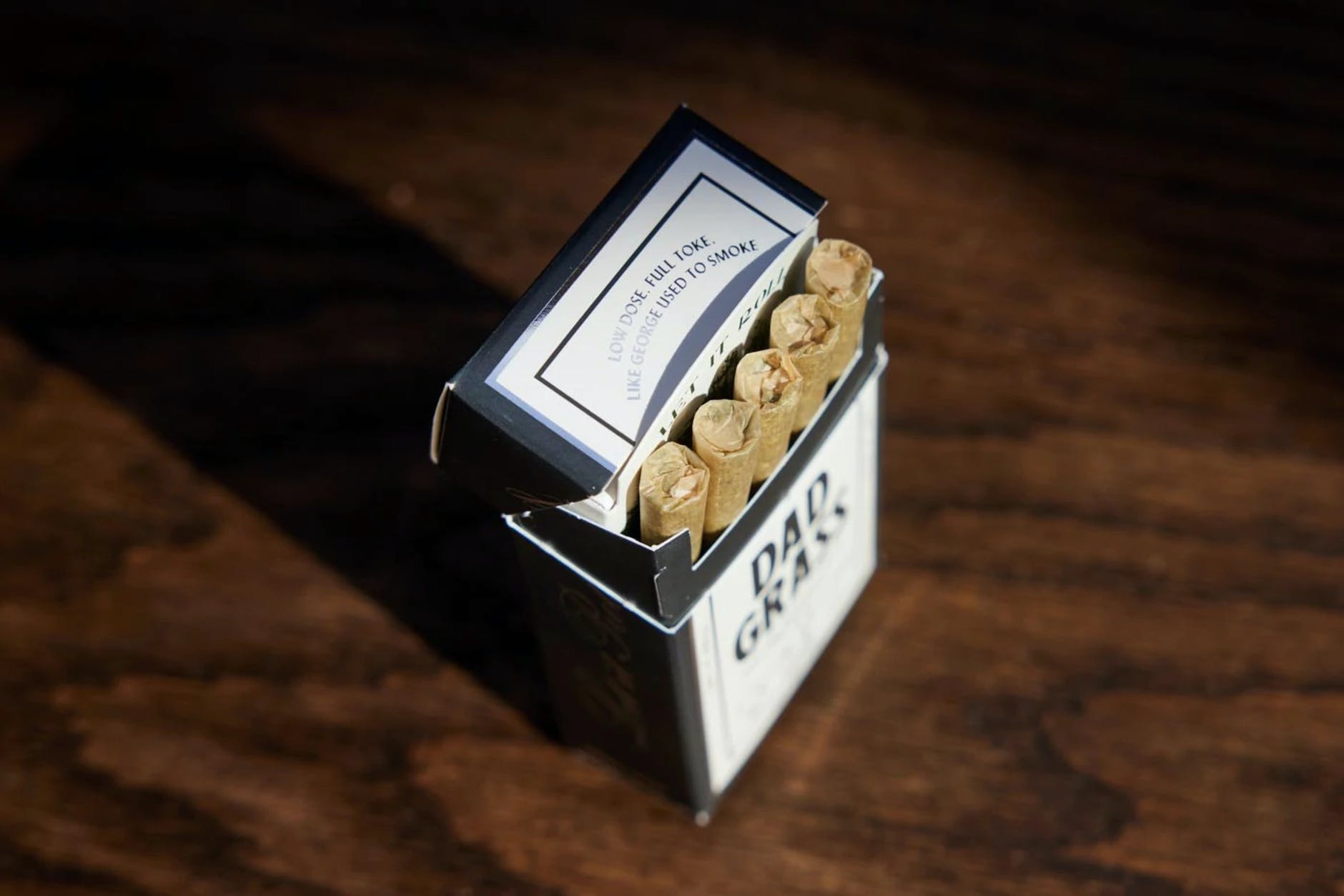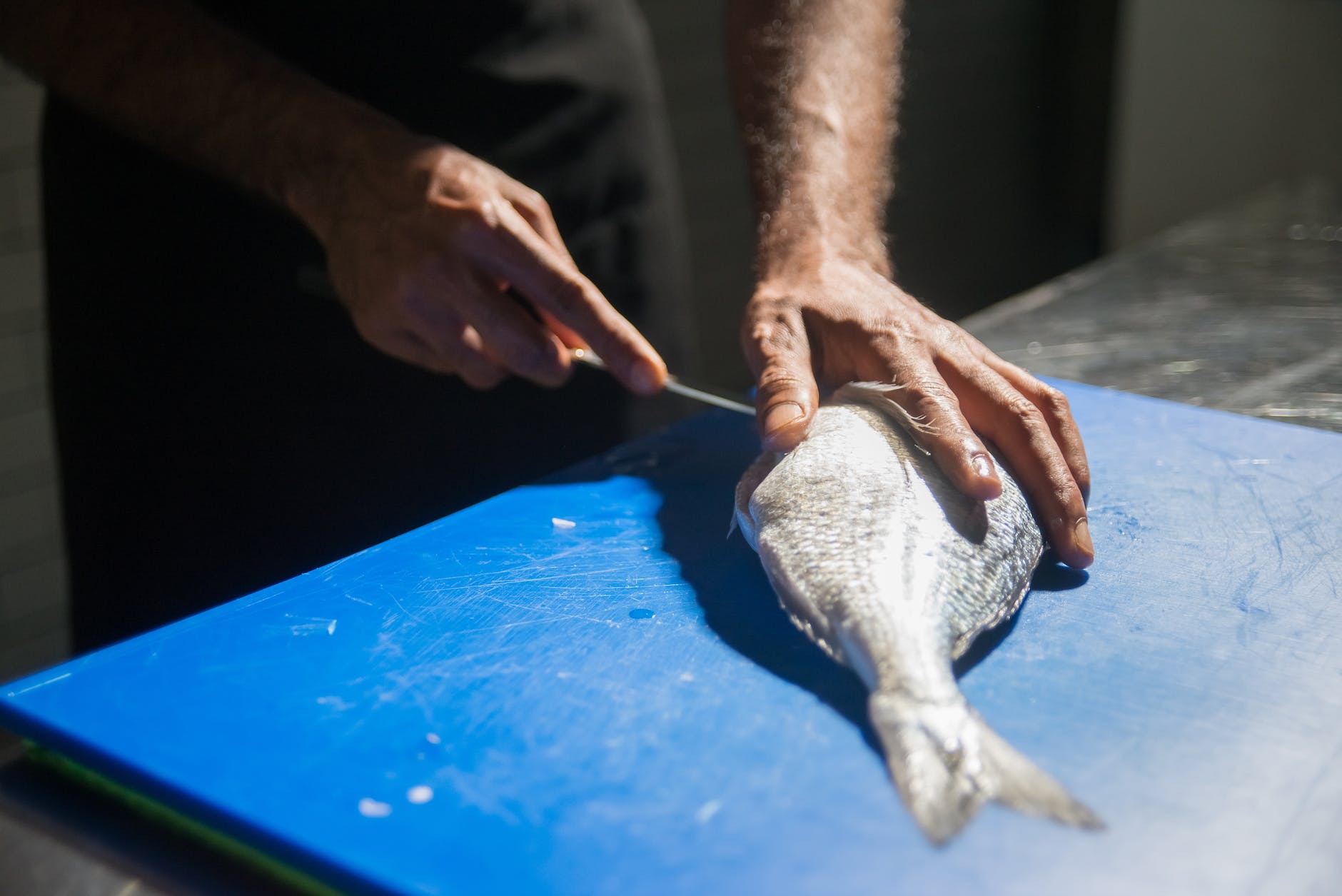The wave of cannabis legalization worldwide has resulted in an avalanche of interest in understanding the various methods of consuming this marvelous plant. Two of the most common techniques are smoking marijuana and consuming cannabis edibles. Both offer unique experiences due to factors like onset time, dosage control, THC metabolism, and health considerations.
Smoking marijuana is arguably the most conventional method of cannabis consumption. Users employ a variety of tools, with the joint vs. bong vs. pipe debate dividing many. Each of these methods revolves around inhalation of the smoke produced by burning cannabis. Users often appreciate the immediacy of the effect, with onset times between 1-10 minutes.
While smaller tools such as joints and pipes tend to be more portable and discreet, bongs are preferred by some due to the cooler, filtered smoke they produce. Regardless of the tool of choice, the strength and duration of effects, usually lasting between 1-3 hours based on dosage and tolerance, are broadly similar among these smoking methods. Inhalation also ensures a rapid delivery of THC to the bloodstream, with a bioavailability ranging from 10-35%.
Conversely, cannabis edibles, a method categorized by oral ingestion, offer a starkly different user experience. The onset time for edibles tends to be more prolonged, ranging from 30 minutes to 2 hours due to THC metabolism in the liver.
When you consume a cannabis-infused edible, the liver metabolizes the ingested THC to 11-hydroxy-THC. This metabolite is a potent version which crosses the blood-brain barrier more easily and has intensified effects. This process and the fact that edibles pass through the digestive system accounts for the delayed onset and lengthier, often more intense effects which can last from 6-8 hours and occasionally up to 12. Oral ingestion also implies a THC bioavailability range lower than smoking, ranging from 4-20%.
Dosage control is another difference in these consumption methods. Many users find it difficult to regulate the THC dose in edibles, leading to potential accidental overconsumption due to the delay in onset time. Contrastingly, smoking allows for real-time dosage control, as users can easily manage the number of inhalations depending on the desired effect.
When it comes to health considerations, both methods have their pros and cons. Smoking marijuana, specifically chronic, heavy use can lead to respiratory issues due to the intake of carcinogens and other harmful substances present in the smoke. Thus, edibles might seem like a healthier alternative. However, due to their prolonged effects, they can also come with a unique set of risks, mostly related to overdosing.
In conclusion, whether you prefer smoking marijuana or indulging in cannabis edibles largely depends on your personal preferences, health considerations, and the effects you seek. If immediate relief or effects and dosage control are your priorities, smoking might be more up to your alley. But, if you prefer a longer and potentially more potent experience without the respiratory risk, edibles might just be your ticket. As with every substance, it is always recommended to start low and go slow, especially with anything cannabis-related. Be sure to understand your own tolerance levels and always consume responsibly.
Sources:
1. Inhalation
2. Oral ingestion
3. Dosage control


